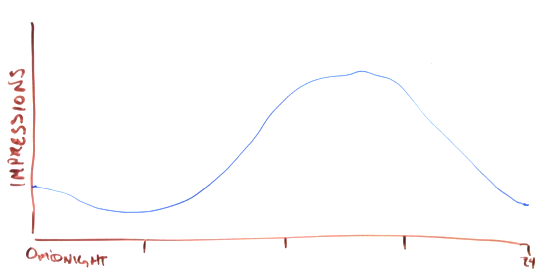[For demand side platforms,] is it the optimization of the bids, the allocation of budgets, managing potential conflicts between advertising campaigns from multiple customers and buying data? Or is it more related to other issues such as customer relations and getting ad networks out of competition?
This question was asked on Quora.com, below is my answer.
 Mature Demand Side Platforms (DSPs) have conquered the primary requirements to being in business in the online ad space, including: campaign pacing, optimization of bids, campaign goals and budget allocations. The old guard is now well established. New DSPs, presumably with novel approaches to the market, may encounter some of these basic challenges. There are a lot of examples they can look at in the market for guidance. Read more
Mature Demand Side Platforms (DSPs) have conquered the primary requirements to being in business in the online ad space, including: campaign pacing, optimization of bids, campaign goals and budget allocations. The old guard is now well established. New DSPs, presumably with novel approaches to the market, may encounter some of these basic challenges. There are a lot of examples they can look at in the market for guidance. Read more




 Bernhard Glock of Medialink, who was not on the panel, but chimed in with a profound thought. Buying on television is buying something that’s familiar, with seemingly known or at least comfortable impact and expectations on results. By contrast, buying online display is a complete mystery. His solution, just buy on television because that’s what he understands.
Bernhard Glock of Medialink, who was not on the panel, but chimed in with a profound thought. Buying on television is buying something that’s familiar, with seemingly known or at least comfortable impact and expectations on results. By contrast, buying online display is a complete mystery. His solution, just buy on television because that’s what he understands.
